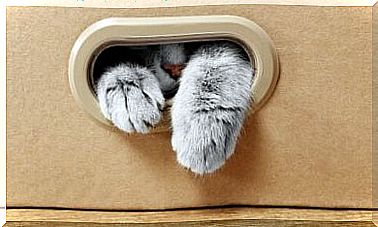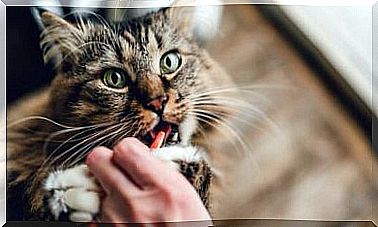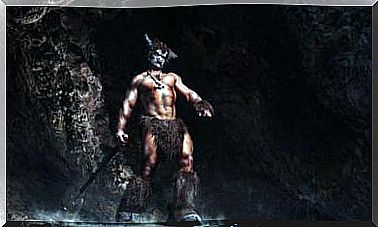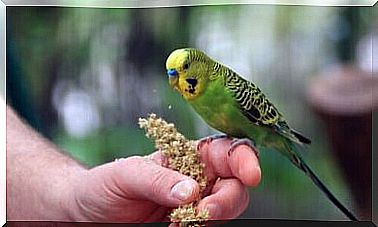Can Animals Sense The Passage Of Time?
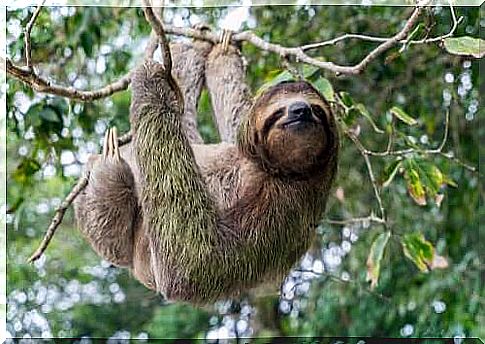
Scientists believe that perception of the passage of time is just another aspect of evolution and survival. There are studies that suggest that, for a fly, the world appears to move about 7 times slower than for humans.
Small-bodied animals with rapid metabolic rates, such as hummingbirds, perceive more information in a unit of time. This means that they experience action more slowly than larger-bodied animals with a slower metabolism, including humans.
How is the perception of the passage of time measured?
Note that all television, computer and cinema screens blink. To the human eye, flickering light provides the illusion of constant images, due to the high frequencies at which these screens operate.
This is how the relative perception of time – unique to each species – was measured. This is called the “critical blink fusion frequency”. This fusion frequency is the point at which the flashes of light seem to merge in the viewer’s eyes. In this way, an objectively intermittent light source gives the illusion of being constant.

The perception of time in humans
When we knock on a door, human beings perceive a set of simultaneous events, combining sound, sight and tactile sensation. In fact, information – in its different modalities coming from the same source – flows inside the brain in different ways.
In fact, information arrives at processing centers at different times. Therefore, it is reasonable to assume that the brain must couple sensorimotor control and information processing in order for us to perceive the “now”.
Based on these facts, in the opinion of experts, the interpretation of different sensory modalities that seem to occur simultaneously requires the processing of information inherent in the human brain. This process is what gives us the representation of human time.
In the case of other animals, the perception of the passage of time will be influenced by the sensory system management of position and velocity information.
Size matters in relation to the passage of time
Flies can detect a light blinking up to four times faster than humans. This explains how flies manage to avoid being squashed.
Flies perceive our “time” as if it were happening in slow motion, gaining enough time to escape. Of course, time passes at the same speed.
A fly’s eyes send updates to the brain much more often than a human’s eyes, and their mental processes are much faster than ours.
Research also suggests that the smaller the animal and the faster its metabolic rate, the slower it will sense the passage of time.

The animals studied covered more than 30 species, including rodents, eels, lizards, chickens, pigeons, dogs, cats and leatherback turtles.
Research suggests that across a wide range of species, perception of time is directly related to size.
These studies highlight the importance of time perception in animals. In nature, the ability to sense time on very small scales can make the difference between life and death.
The advantages of a secret communication channel
Ecology for an organism is all about finding a niche in which it can succeed and that no one else can fill.
It is a fact that the auditory register of many animals allows to hear sounds in spectrums that the human ear does not operate. Likewise, it is possible that some animals could exploit the differences between species in the perception of time for their benefit.
For example, many species – such as fireflies and animals that inhabit deep water – use flashing lights as signals. It is possible that larger, slower predator species are unable to decode these signals.
If the predator’s visual system is not fast enough, this visual communication can provide the beacons with a secret channel of communication.
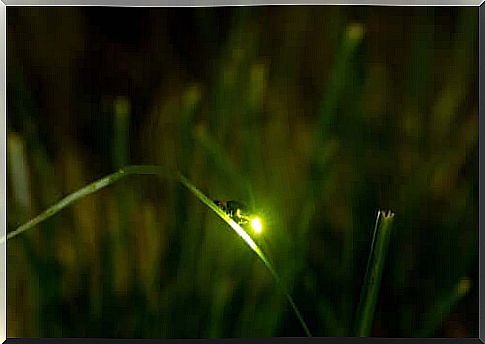
Final grade
We still have a lot to learn about the perception of the passage of time in animals. This type of study suggests that the perception of the passage of time constitutes an underexplored dimension in which animals can specialize.
More research is needed to understand how animals use their slow-motion skills, as it is possible that there are aspects of animal life that may be invisible to our eyes.

